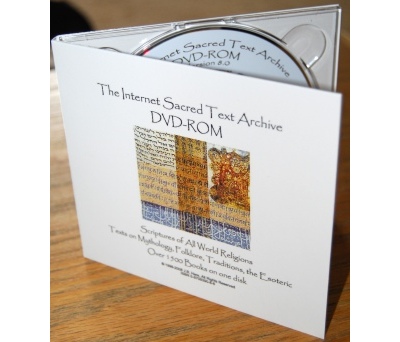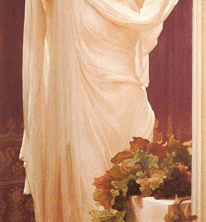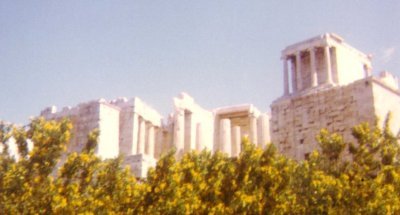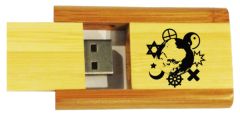
Hesiod lived in the 8th century BCE, probably about the same time or shortly after Homer. He refers to himself as a farmer in Boeotia, a region of central Greece, but other than that we know little. His poetry codified the chronology and genealogy of the Greek myths. Works and Days and the Theogony are the only two complete works we have of Hesiod, other than the first few lines of a poem called the Shield of Heracles. In Works and Days Hesiod divided time into five ages:--the Golden age, ruled by Cronos, when people lived extremely long lives 'without sorrow of heart'; the Silver age, ruled by Zeus; the Bronze age, an epoch of war; the Heroic age, the time of the Trojan war; and lastly the Iron age, the corrupt present. This is similar to Hindu and Buddhist concepts of the Kali Yuga. The idea of a Golden Age has likewise had a profound impact on western thought. Works and Days also discusses pagan ethics, extols hard work, and lists lucky and unlucky days of the month for various activities. The Theogony presents the descent of the gods, and, along with the works of Homer, is one of the key source documents for Greek mythology; it is the Genesis of Greek mythology. It gives the clearest presentation of the Greek pagan creation myth, starting with the creatrix goddesses Chaos and Earth, from whom descended all the gods and men; it mentions hundreds of individual gods, goddesses, demi-gods, elementals and heroes. |
Hold the world's wisdom in the palm of your hand. Over 1700 books. |
| On Twitter, follow 'sacredtexts.' |
| Sacred-texts on Facebook |
|
|
 Buy a DVD or USB 1700+ books. Support this site. |





